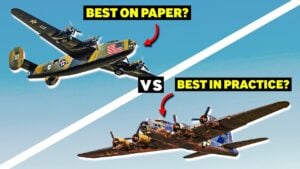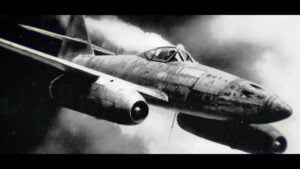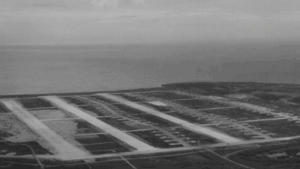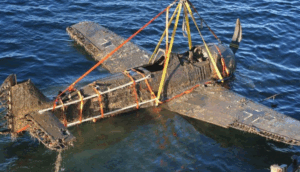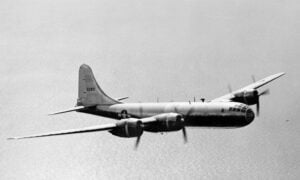The Story of The R-2800 – America’s Indestructible WWII Aircraft Engine

YouTube / Flight Dojo
The Pratt & Whitney R-2800 Double Wasp may not have been the most powerful engine or had the largest displacement, but it earned widespread admiration from both designers and pilots. Renowned for its reliability, this workhorse of an engine could endure significant damage and still bring its pilot home safely, embodying the rugged resilience of the Allied war effort.

Origins of an Icon
The R-2800’s story begins with Frederick Rentschler, then president of the Wright Aeronautical Corporation.

Rentschler boldly proposed to the Navy an engine that could produce 400 horsepower while weighing less than 650 pounds—a challenge other manufacturers deemed impossible. The Navy, intrigued, offered support, but Wright Aeronautical wasn’t interested in the project. Seizing the opportunity, Rentschler left the company, took chief engineer George Mead with him, and founded Pratt & Whitney Aircraft.

The Birth of the Double Wasp
Not long after, the first prototype of the R-2800 Double Wasp was completed, producing 420 horsepower at the target weight of 650 pounds. The name “Wasp” came from Rentschler’s wife, and it became synonymous with Pratt & Whitney’s engines. The fledgling company soon received an order for 200 engines, setting the stage for the R-2800’s success.
A Radial Design for Performance
Rentschler’s choice of a radial engine over the more complex liquid-cooled designs of the time was deliberate. His goal was to save weight, and a radial engine was the best solution.

Radials also had the advantage of air-cooling, which made them more resilient to damage. Unlike liquid-cooled engines, which could be disabled if the cooling system was compromised, radials continued to function effectively under harsh conditions.
The R-2800 became America’s premier 18-cylinder radial engine, capable of producing over 46 kW/L with the aid of turbo-supercharging and water injection.

A Legacy of Success
Calling the R-2800 a success is an understatement. Pratt & Whitney, like Rolls-Royce with its Merlin engine, focused on making incremental improvements rather than radical redesigns. This approach allowed the engine to handle respectable boosts despite its volumetric inefficiencies.

The R-2800 combined competitive performance with rugged construction, durability, and reliability. It powered legendary aircraft such as the P-47 Thunderbolt, F4U Corsair, and F6F Hellcat, cementing its place in aviation history.














